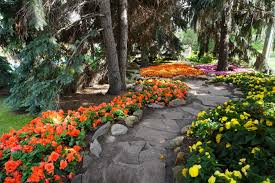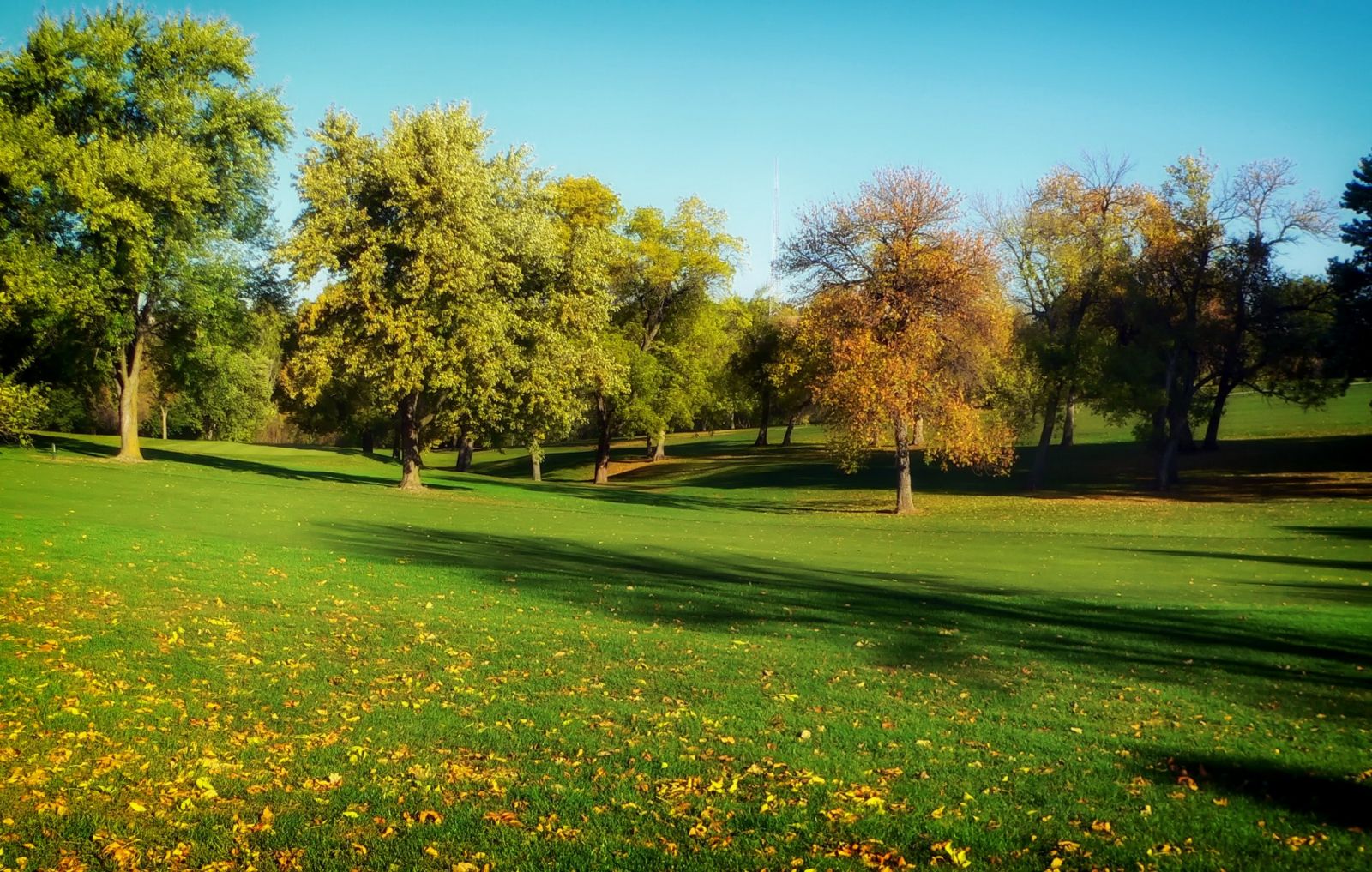Want a Beautiful Garden?
 It’s never too early to start planning for next year. Here are some things to start thinking about while you are planning your gardens.
It’s never too early to start planning for next year. Here are some things to start thinking about while you are planning your gardens.
1. Budget
This should be the first thing you think about. Your budget determines what types of seeds you plant, as well as what kind of materials you can use and types of pavement you can include.
2. Location
Where would you like your garden? Do you want it connected to the house and the landscaping around it? Besides topographical features, you also have to factor the contextual location of the garden. If you live in an urban area, you may have to think about space saving techniques, while rural gardens can usually spread out.
3. Soil
Know your soil! Be aware of the basics of soil, such as the presence or lack of water and nutrients. This will affect how well your plants grow and which plants would thrive. You can manipulate this be adding compost, mineral salt, and other supplements to enrich your soil.
4. Surfaces


What Should I Plant Together?
*Use roses generously, a bright pink shrub rose is a good partner to Iris.
*Rely on annuals like Petunias and Pentas. These two plants will bloom nonstop from May to September.
*Mix flower shapes and add interest by mixing flowers with different petals and sizes. Some examples of flowers would be Penta flowers and Stella D’Oros.
*Purple pairings like Veronica, Bearded Iris, Feather Bluestar, Catmint, and Chives would be full of textures and contrast.
*Include Hydrangeas, most of these bloom from midsummer to fall, which make them ideal for mixing them with flower borders.
*Mix shrubs and flowers and make shrubs the backbone of your flower border. They add color and structure to your garden even when everything else is not in bloom.
*Plan for drought, Anise Hyssap and Creeping Seedum, both of these grow and bloom even when rainfall is scarce.